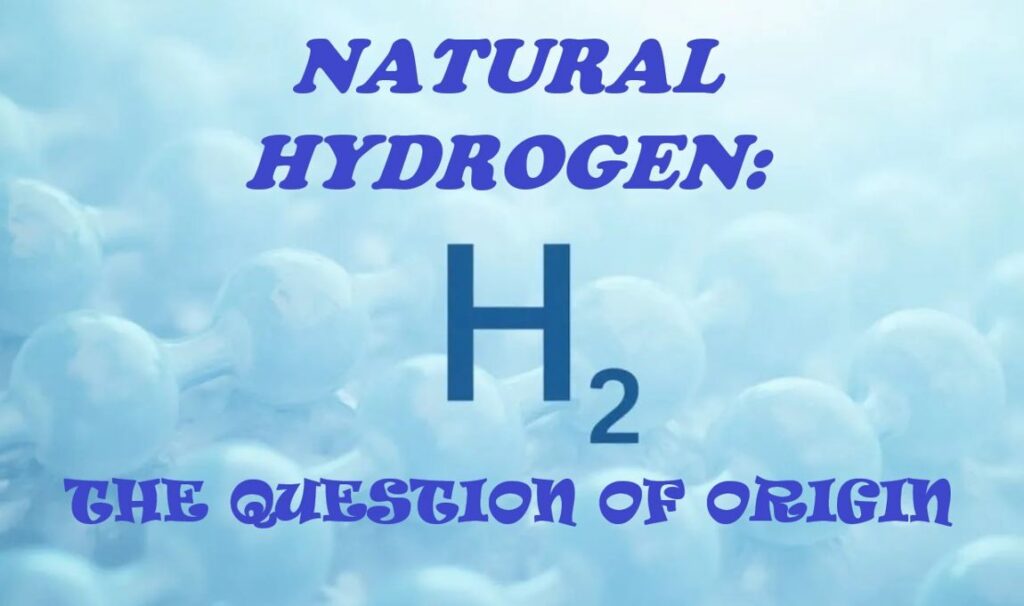3. To finish with hydrogen allegedly being produced by means of serpentinization, the subject of this process’s depth needs to be addressed.
As we all remember, the water source is a big issue for these reactions. The majority of researchers suggest so-called “meteoritic” H2O (from “meteorology”, not from “meteorites”) seeping down through the faults, shear zone, fractures, cracks and soil pores. This process has to go against the gradient of the lithostatic pressure – the pressure of rocks in the Earth crust, which increases with depth. At some depth, approximately between 10 and 15 km, lithostatic pressure grows up to the magnitude insurmountable for water to continue seeping down.
However, here is a big problem: serpentinization processes start taking place at 20 km the shallowest – or even deer, in certain situations, according to these reactions’ P/T conditions. See what I mean?
This discrepancy may be the reason why recently quite a few researchers started talking about so-called “shallow” serpentinization, suggesting it taking place at lower temperatures and pressures: This 5-10 km gap needs to be closed.
This far, unsuccessfully so.
4. Ferrolysis. For some reason, the majority of the “mainstream” academia insist on that this simple reaction must flow from left to right, in the direction of oxidizing ferrous iron into ferric iron:
2FeO + H2O → Fe2O3 + H2
Once again, this postulate is “commonly accepted” by default, without a second thought – as if the RedOx balances down below are supposed to be shifted toward oxidation. However, the actual situation is completely the opposite: the majority of researchers agree that the strong chemical reduction conditions are mostly typical – or, better, “natural” – for those deep and strongly anoxic environments.
Therefore, except for some exotic circumstances, at the depths of oxygen deficiency and high pH values, by default this reaction is supposed to flow in the opposite direction, chemically reducing ferric iron into ferrous iron:
Fe2O3 + H2 → 2FeO + H2O
Apparently, this reaction is once again PROMOTED by the gaseous flows of hydrogen (see, the PHE concept comes quite handy), which overall sustains the chemical reduction environment.
Moreover, this process may go further, when the RedOx balances are pushed towards the chemical reduction extremes by high-pH agents and certain catalysts, with native iron Fe becoming the end product – which is not so uncommon in the minerals industry practice:
FeO + H2 → Fe + H2O
Now, if you recall seeing native metallic iron in your day-to-day work, you may wanna revisit your standpoint about the natural hydrogen role in the process of its generation.
NB: Please bear in mind that ferrous iron FeO is quite mobile in surficial conditions, due to being soluble in water at any pH, as compared to ferric iron Fe2O3 which dissolves in water at pH < 3.5 – i.e., in strongly acidic conditions, which are hard to come across in our vale of tears. This adds to the confusion when we, human beings, attempt to momentarily analyse this situation “here and now”, as we quite often tend to.
5. Radiolysis. “Now, what is wrong with this one?” – someone may ask.
Well, nothing is wrong with hydrogen being generated in the process of nuclear decay of radioactive rocks and minerals, such as granites and granitic gneisses among the most typical ones in the crust. These reaction “rows” have been studied extremely well about a century ago by the nuclear physics pioneers.
The problem is not with the reactions themselves – but with their timing. Due to the very long half-life periods characteristic for radioactive chemical elements capable of by-producing hydrogen, this process takes very long time.
“OK so what?” – one may ask. “Hydrogen may accumulate in a “trap” somewhere nearby, just like methane.”
Now, this very subject represents a huge problem for the explorers who make the decision to follow this model – and, sadly, a very practical one:
6. Seals and Caprocks.
(To be continued...)
Disclaimer: The views and opinions expressed in this article are those of the author and do not necessarily reflect the official policy or position of Energy News. This content is presented as the author’s analysis based on available information at the time of writing. It should not be considered as representative of Energy News or its editorial stance. Readers are encouraged to consider this as one perspective among many and to form their own opinions based on multiple sources.
